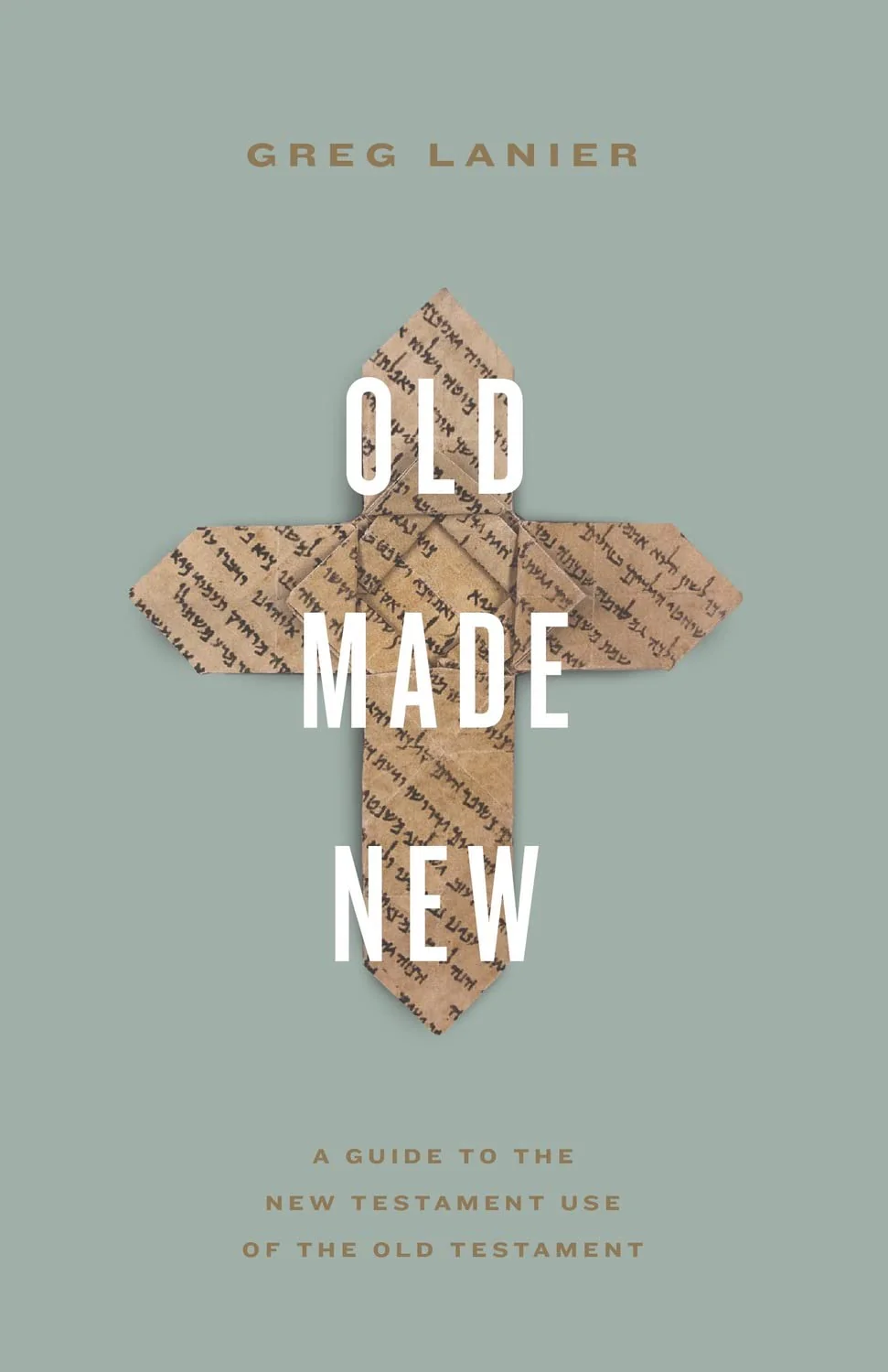
Greg Lanier
Reviewed by: Jeremiah A. Dickinson
Old Made New: A Guide to the New Testament Use of the Old Testament, by Greg Lanier. Crossway, 2022. Paperback, 176 pages, $17.99. Reviewed by OP pastor Jeremiah A. Dickinson.
I would love to have been with the disciples on the road to Emmaus when Jesus interpreted to them in all the Scriptures the things concerning himself. “Did not our hearts burn within us while he talked to us on the road, while he opened to us the Scriptures?” they asked in wonder (Luke 24:32). Jesus went on to do the same for his apostles, and they have given to us what they received from him. The New Testament (NT) is simply following Christ’s lead, interpreting to us from the Old Testament (OT) the things concerning himself.
In Old Made New, Greg Lanier provides some tools to help Christians better understand and delight in the OT, especially as it is used in the NT. The NT authors tell us that the OT is written for us (Rom. 15:4; 1 Cor. 10:11) and show that in practice by their use of the OT with over three hundred quotations or allusions (Lanier gives over four hundred in an appendix).
The tools that Lanier provides are helpful and clear, and they equip believers to profit from the NT’s use of the OT. He avoids overcomplicating interpretation, while still providing an approach that lets Scripture speak for itself in its depth and variety, continuity and discontinuity. First, identify the passage: is the NT citing, quoting, or alluding to the OT? Second, double-click on the OT: zoom in on the OT passage to explore the broader context. Third, listen to the remix: how is the NT author applying and using the OT text in light of Christ?
Lanier doesn’t simply hand us these tools and say, “Here, use these!” He shows us how to use them. Never one to leave something uncharted (as his students affectionately know), he gives examples with clear and helpful charts throughout the book. He traces the NT use of the OT in the last three chapters (2–4). Chapter 3 shows how the “NT gospel is the OT gospel, remixed in Christ” (63). The reader will especially benefit from how the NT uses the OT to understand the history of salvation and its application to believers. Chapter 3 also traces how the NT uses the OT to understand and explain the person and work of Jesus Christ. Chapter 4 shows how the NT authors went to the OT to understand the identity, mission, and conduct of the church today.
The strength of this book is that it follows the “reading strategy offered to us by Jesus and the apostles” (136). We may not be able to walk with Jesus on the road to Emmaus, but we have the God-breathed Scriptures, and by the help of the Holy Spirit, our hearts too can burn within us as we open the OT in light of the NT. Lanier helps us do that. He not only gives us fish but teaches us how to fish. This is an accessible and realistically reproducible guide that will be fruitful on the first read and as an ongoing resource.
March 30, 2025
On the Trail with a Missionary
March 23, 2025
Midnight Mercies: Walking with God Through Depression in Motherhood
March 16, 2025
March 09, 2025
Zwingli the Pastor: A Life in Conflict
March 02, 2025
February 23, 2025
African Heroes: Discovering Our Christian Heritage
February 16, 2025
© 2025 The Orthodox Presbyterian Church